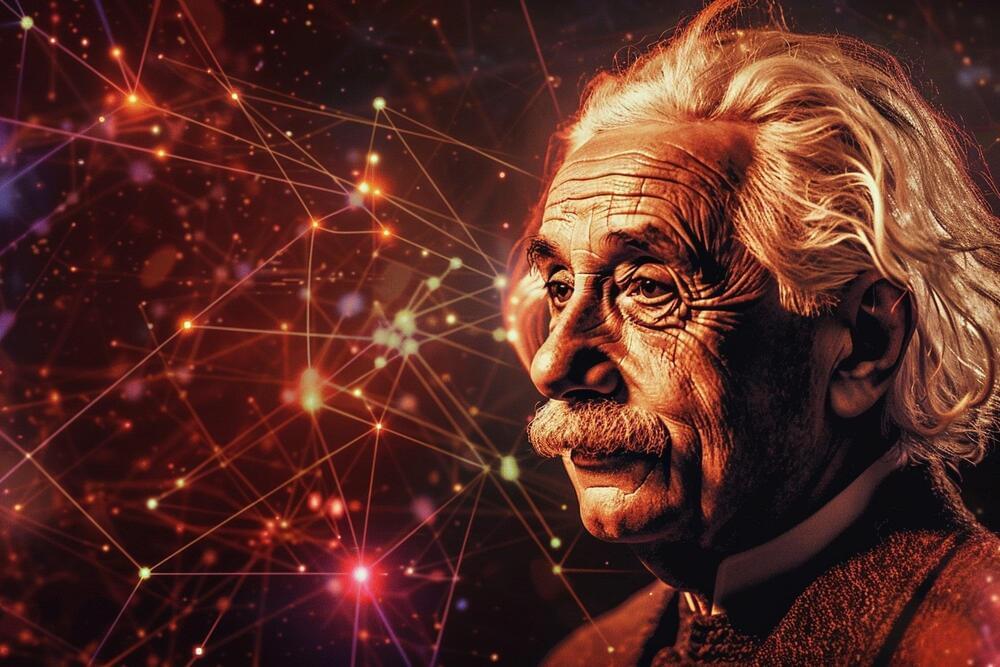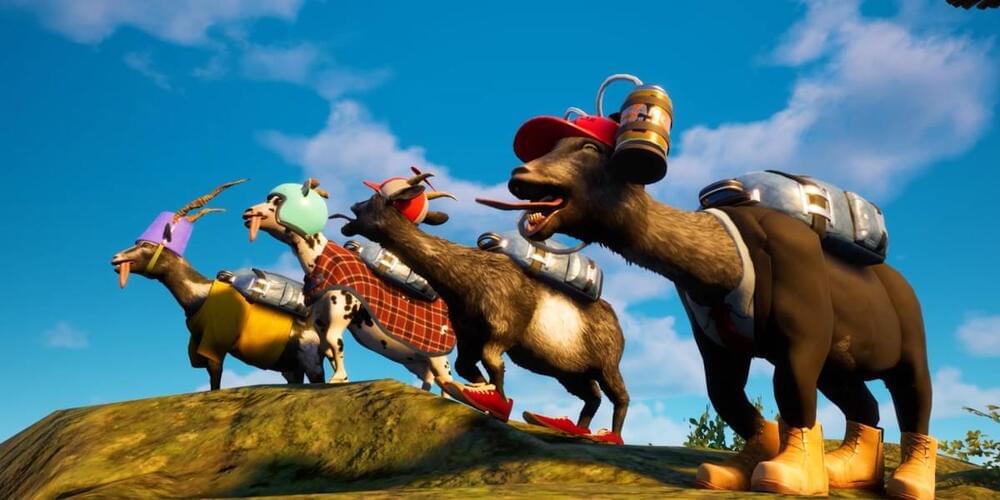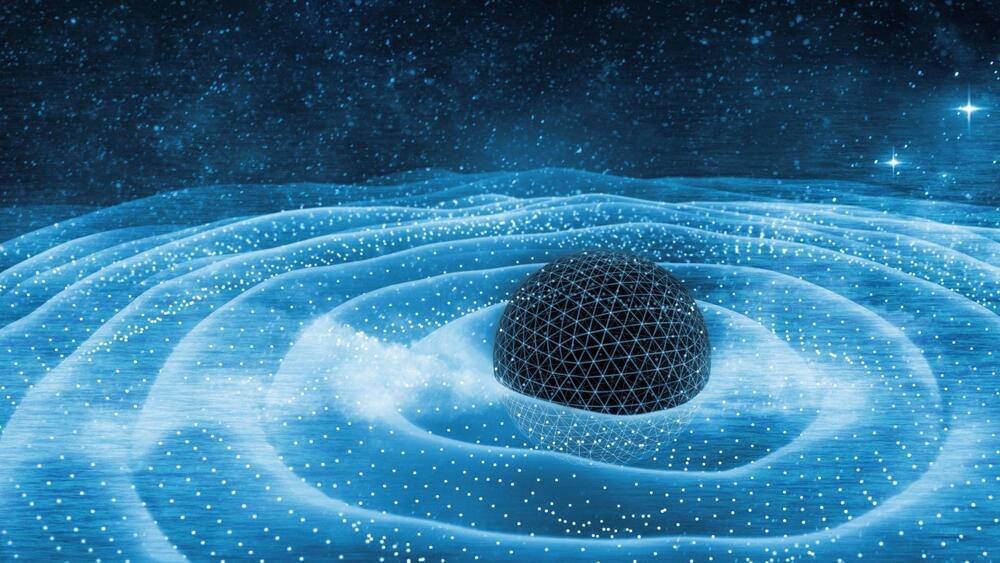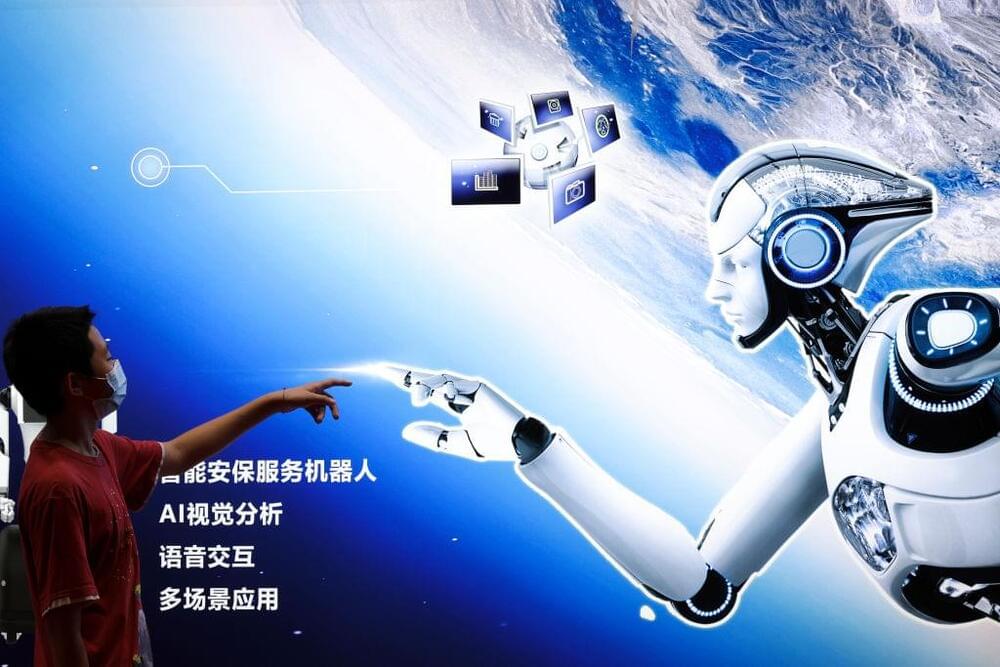Models of systems in physics usually start with elementary processes. New work with a neural network shows how models can also be built by observing the system as a whole and deducing the underlying interactions.


This video shows the fly model reproducing a flight maneuver (spontaneous turning) of a real fly, executing commands to walk at a speed of 2 cm/s while turning left and right, and the model imitating a walking trajectory of the real fruit fly, which includes walking at different speeds, turning and briefly stopping. Credit: Vaxenburg et al.
By infusing a virtual fruit fly with artificial intelligence, Janelia and Google DeepMind scientists have created a computerized insect that can walk and fly just like the real thing.
The new virtual fly is the most realistic simulation of a fruit fly created to date. It combines a new anatomically accurate model of the fly’s outer skeleton, a fast physics simulator, and an artificial neural network trained on fly behaviors to mimic the actions of a real fly.

Their AI is able to recognize patterns in complex data sets and to formulate them in a physical theory. The development of a new theory is typically associated with the greats of physics. You might think of Isaac Newton or Albert Einstein, for example. Many Nobel Prizes have already been awarded for new theories. Researchers at Forschungszentrum Jülich have now programmed an artificial intelligence that has also mastered this feat. Their AI is able to recognize patterns in complex data sets and to formulate them in a physical theory.
In the following interview, Prof. Moritz Helias from Forschungszentrum Jülich’s Institute for Advanced Simulation (IAS-6) explains what the “Physics of AI” is all about and to what extent it differs from conventional approaches.

Fly, goat, fly! A new AI agent from Google DeepMind can play different games, including ones it has never seen before such as Goat Simulator 3, a fun action game with exaggerated physics. Researchers were able to get it to follow text commands to play seven different games and move around in three different 3D research environments. It’s a step toward more generalized AI that can transfer skills across multiple environments.
Google DeepMind has had huge success developing game-playing AI systems. Its system AlphaGo, which beat top professional player Lee Sedol at the game Go in 2016, was a major milestone that showed the power of deep learning. But unlike earlier game-playing AI systems, which mastered only one game or could only follow single goals or commands, this new agent is able to play a variety of different games, including Valheim and No Man’s Sky. It’s called SIMA, an acronym for “scalable, instructable, multiworld agent.”

Dark energy’s role in propelling the universe’s accelerated expansion presents a pivotal challenge in astrophysics, driving ongoing research and space missions dedicated to uncovering the nature of this mysterious force.
Some 13.8 billion years ago, the universe began with a rapid expansion we call the Big Bang. After this initial expansion, which lasted a fraction of a second, gravity started to slow the universe down. But the cosmos wouldn’t stay this way. Nine billion years after the universe began, its expansion started to speed up, driven by an unknown force that scientists have named dark energy.
But what exactly is dark energy?


A team of researchers from Peking University and the Eastern Institute of Technology (EIT) in China has developed a new framework to train machine learning models with prior knowledge, such as the laws of physics or mathematical logic, alongside data.
Chinese researchers are on the brink of pioneering a groundbreaking approach to developing ‘AI scientists capable of conducting experiments and solving scientific problems.
Recent advances in deep learning models have revolutionized scientific research, but current models still struggle to simulate real-world physics interactions accurately.

“Without a fundamental understanding of the world, a model is essentially an animation rather than a simulation,” said Chen Yuntian, study author and a professor at the Eastern Institute of Technology (EIT).
Deep learning models are generally trained using data and not prior knowledge, which can include things such as the laws of physics or mathematical logic, according to the paper.
But the scientists from Peking University and EIT wrote that when training the models, prior knowledge could be used alongside data to make them more accurate, creating “informed machine learning” models capable of incorporating this knowledge into their output.

The FIT4NANO project has mapped out the expansive applications and future directions of focused ion beam technology, emphasizing its critical role in advancing research and development across multiple disciplines, from microelectronics to life sciences.
Processing materials on the nanoscale, producing prototypes for microelectronics, or analyzing biological samples: The range of applications for finely focused ion beams is huge. Experts from the EU collaboration FIT4NANO have now reviewed the many options and developed a roadmap for the future. The article, published in Applied Physics Review, is aimed at students, users from industry and science as well as research policymakers.
Discovery and Applications.

A team of engineers, physicists, and data scientists from Princeton University and the Princeton Plasma Physics Laboratory (PPPL) have used artificial intelligence (AI) to predict—and then avoid—the formation of a specific type of plasma instability in magnetic confinement fusion tokamaks. The researchers built and trained a model using past experimental data from operations at the DIII-D National Fusion Facility in San Diego, Calif., before proving through real-time experiments that their model could forecast so-called tearing mode instabilities up to 300 milliseconds in advance—enough time for an AI controller to adjust operating parameters and avoid a tear in the plasma that could potentially end the fusion reaction.